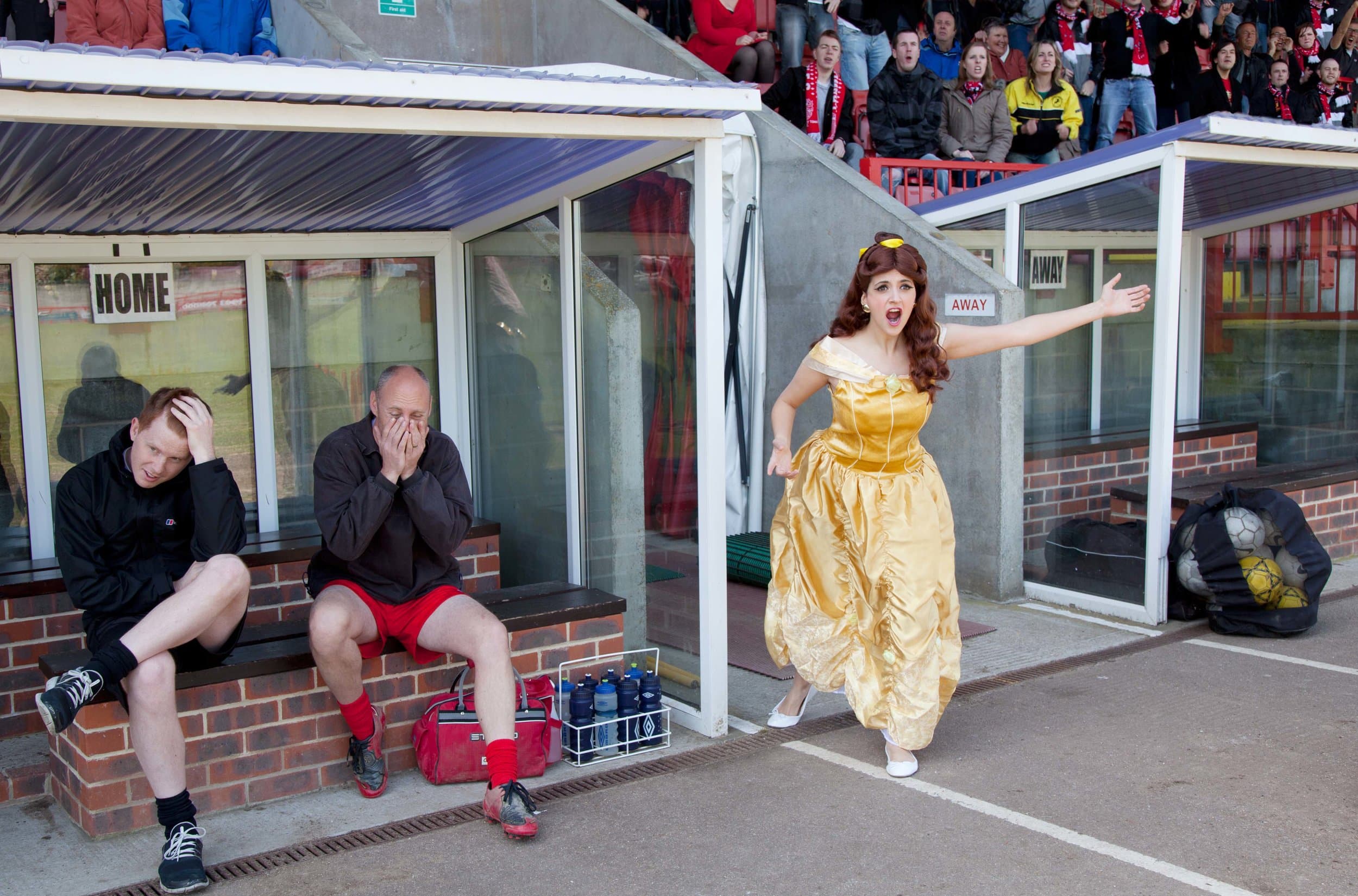Misogyny: we know it when we see it—and we have seen a lot of it lately. But what is it? Kate Manne rejects the dictionary definition—hatred of women—with good reason. “Misogyny is what misogyny does to women,” on her view—not a psychological state, but a practice of punishing women who either “threaten male dominance” or “are perceived as insufficiently oriented to men’s interests.” Manne’s analysis of misogyny’s role in current U.S. political discourse is perspicacious and compelling, but does it explain how misogyny works in other contexts?
Victims of misogyny may not have violated gender norms.
It does illuminate one of the most vicious (if no longer shocking) expressions of misogyny—the mass shooting of women. Marc Lépine, who in 1989 killed fourteen female students at Montreal’s École Polytechnique, was enraged at the feminists whom he felt had ruined his life. Elliot Rodger, who in 2014 killed six people in Isla Vista, California, sought revenge against women who were not attracted to him, vowing to kill “every single spoilt, stuck-up, blonde slut” because they “would’ve all rejected me.”
However, even in two obvious cases of misogyny in action, the public response was principally to call the perpetrators monsters or mad men, rather than products of a sexist social order. Manne’s analysis helps us to understand these killings as extreme manifestations of the same misogyny that suffuses our lives.
On Manne’s account, “when women know their place, there is no need to put them in it.” But misogyny also happens when women know their place and toe the line—even when they perform their subordination “with a smile.” Granted, misogyny is inflicted upon women who “need” to be put (back) in their place, but it is also leveled against those who never even questioned, let alone left, it. For many women, it is their place.
Most victims of misogyny are not violating gender norms. All women are vulnerable to gender-based violence, whatever they are doing. In the case of campus rape, victims are frequently targeted, especially by repeat offenders, precisely because they conform to stereotypical gender norms and are pegged as naïve, easy prey. The woman who was sexually assaulted by Brock Turner at Stanford was unconscious—literally doing nothing, unless merely existing counts as a transgression, which maybe it does.
Misogyny can take the form of double binds imposed on women. As Marilyn Frye notes, “It is often a requirement upon oppressed people that we smile and be cheerful. If we comply, we signal our docility and our acquiescence in our situation. . . . On the other hand, anything but the sunniest countenance exposes us to being perceived as mean, bitter, angry or dangerous.” The announcement that a photo of Harriet Tubman would appear on the $20 bill was met with requests on social media for a more cheerful-looking image of her, which, in turn, prompted a flurry of tweets pointing out the misogyny of such requests, including my favorite: “103 Years After Her Death, Woman Still Being Told to Smile.” Hillary Clinton often falls prey to this double bind; no matter how she presents herself, she is criticized.
Women are vulnerable to misogynistic attacks no matter what they do.
If misogyny is punishment for something, it is for the original sin of being born female. Under patriarchy, to be fully human is to be male; therefore, women are out of line—dehumanized—to the extent that they fail to conform to the male norm. But they are also out of line if they threaten male dominance by “acting like men.” This is the mother of all double binds.
On Manne’s analysis, misogyny is “the law enforcement branch” that upholds patriarchal norms, while sexism is the ideology purporting to justify these norms. This seems right as far as it goes, but it is incomplete. In a sexist society, misogyny does more than enforce the status quo. It is the status quo. Misogyny is not just the executive branch that enforces the norms that keep women in their place. It is the legislative branch that establishes the norms and the judicial branch that determines when the norms are violated and what consequences should be imposed on the violators.
In principle, misogyny could exist—and flourish—even in the absence of a law enforcement branch. It does not have to punish women for violating gender norms. It could simply enact and perpetuate norms that rank women as less than fully human. For would not the most extreme and thoroughgoing form of misogyny be one that, as in The Stepford Wives, required no enforcement at all?








